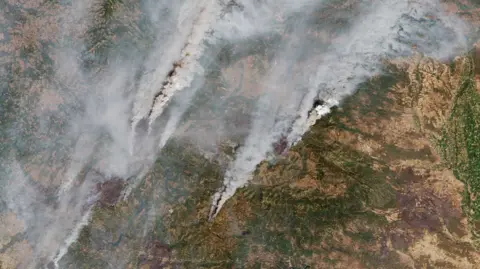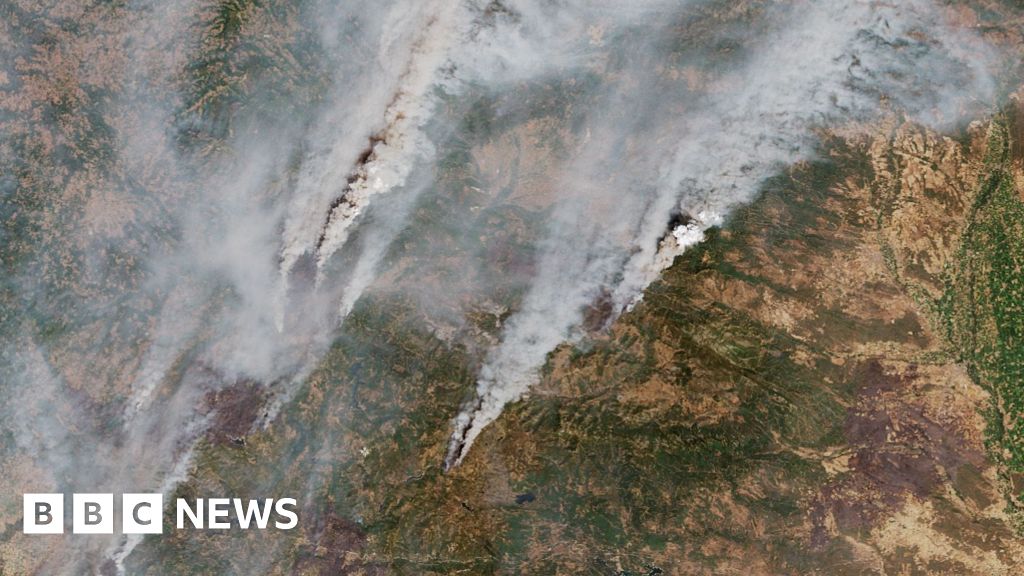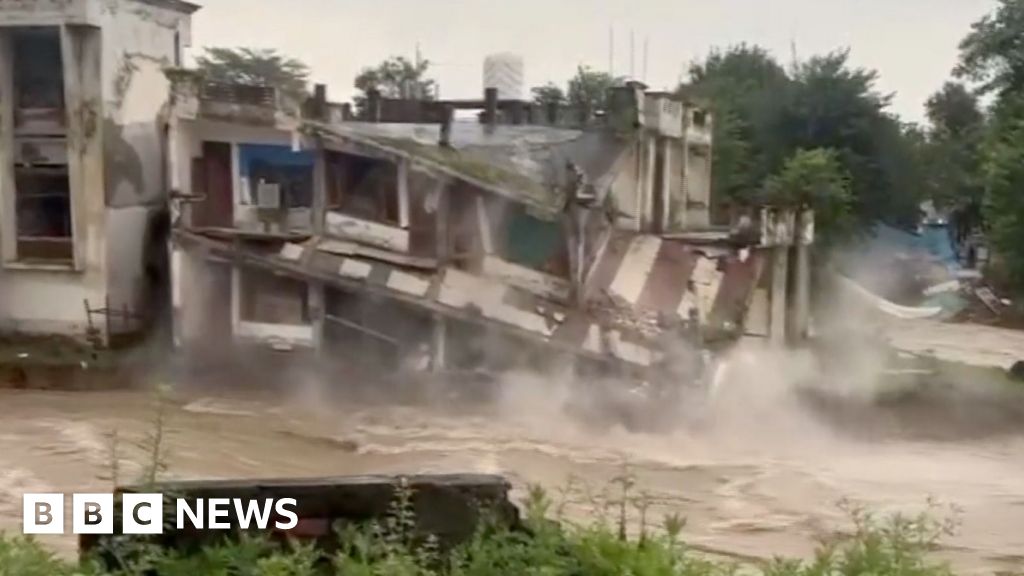As severe storms continue to batter the central and southeastern regions of the United States, recent data underlines a troubling trend of increased precipitation. From 1991 to 2020, rainfall has risen markedly in the eastern U.S. when compared to historical averages from the 20th century, as reported by the National Oceanic and Atmospheric Administration (NOAA). Conversely, the western United States is experiencing a decline in rainfall, reflecting climate models that predict shifts towards wetter conditions in moist regions and drier conditions in arid zones.
While attributing any single storm to climate change requires careful examination, the underlying science suggests that warmer atmospheric temperatures contribute to heavier rainfalls. Warm air possesses a greater capacity to hold moisture, thereby enhancing overall precipitation levels and intensifying storm systems. These developments coincide with an ongoing increase in global temperatures fueled by greenhouse gas emissions resulting from fossil fuel combustion.
According to a recent World Meteorological Organization report, the last decade has been the hottest on record in nearly 200 years. Deanna Hence, an associate professor specializing in climate meteorology at the University of Illinois Urbana-Champaign, noted that trends reveal a consistent uptick in the frequency and severity of heavy rain events, indicating that future storms are poised to deliver even more intense rainfall.
As climate change progresses, understanding and preparing for these altered weather patterns becomes increasingly critical for affected communities, emphasizing the need for adaptive strategies to manage water-related risks and infrastructure challenges.


















